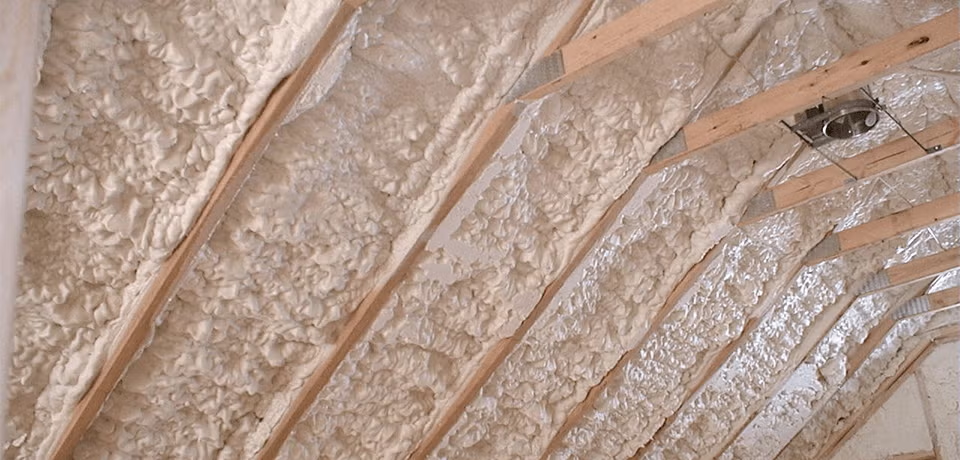The International Building Code (IBC) and the International Residential Code (IRC) require foam plastic insulation to be protected by a thermal barrier with specific and limited uses where this thermal barrier is not required – such as when the foam is protected by an ignition barrier.
The Special Approval (2021 IBC Section 2603.9) and Specific Approval (2021 IRC Section R316.6) sections allow for the approval of assemblies without the prescribed thermal barrier or ignition barrier materials based on large scale fire testing that is representative of the actual end use. In simple language, the code contains provisions to qualify uses of foam plastic with alternative protective materials or with no protective covering based on large scale performance testing of the actual end use. Within the spray foam industry, these assemblies approved under the Special or Specific Approval section are referred to as “alternative ignition barrier assemblies.”
In 2011, spray foam manufacturers worked with Priest & Associates to research how unvented attics perform during a fire event. This required a series of small, full-scale testing, and modeling. This series of test became known as the Unvented Attic Assembly Test Protocol (UVAATP). After years of research, engagement of engineers, and ICC-ES, the UVAATP was used to qualify alternative ignition barrier assemblies for unvented attics sealed with spray polyurethane foam (spray foam).
Please watch the Coalition’s webinar Fire Safety, Unvented Attics, and Spray Foam to learn more about the Unvented Attic Assembly Test Protocol.
